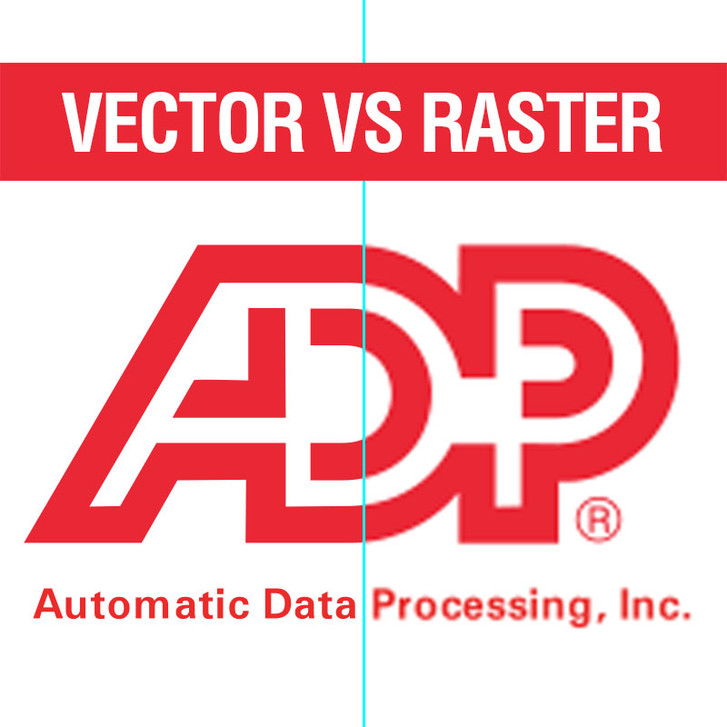Raster-based artwork such as photos or flattened artwork (from Adobe Photoshop) are made up of tiny squares (pixels), and depending on your resolution and/or final output size desired, the file could have a low quality end result. Any raster elements you wish to use should have a high enough resolution (DPI) before considering them for your large format product.
Vector-based artwork such as illustrations or clip-art style elements (from Adobe Illustrator) is made with mathematical calculations, and can be scaled up to any size without losing quality. Keep in mind that any effects used in Adobe Illustrator are raster-based and have transparency: this greatly adds to file size and you must have correct settings in your "Document Raster Effects Settings" to ensure best output for these effects. If you are doing a photo-quality print on a 36" x 48" poster, and leave the raster effects settings at default 72 DPI - you may see tiny squares in your drop shadows, as opposed to a smooth shadow.
So what are the file specifications that you recommend?
We accept JPG and single page PDF. We suggest 150 dpi resolution at 100% of the final print size. Also do not include any bleed or crop marks.
File Specifications:
- Flatten all Objects/Gradients/Swatches/Symbols/Special Effects/Transparencies
- Outline all text
- Flattened PDF (Single Page) or JPEG file types only
- Remove all crop marks/bleed otherwise they will be printed
- File must be the same exact size as what is ordered (exception is Gallery wrap Fold Edge and Products with templates)
- CMYK only (we do not print Pantone/5th/Spot/RGB)
- 150 dpi
- If using a template, the file uploaded to our site should match the exact "template size" (different than "graphic size").
- Do not scale template files, just flatten them and save at 150 dpi
- Files over 200" can be scaled
- Under 300 mb for upload
***Remove EVERYTHING from your file that you do not want printed on the final product - especially hidden layers and template guidelines.
- Make sure all objects are embedded and flattened (we do not print Non-Native Art).
- If the file is made in Indesign, please flatten the file in Illustrator or Photoshop and export to a JPEG ONLY as we don't recommend using Indesign at our facility.
- If using Compound Paths to create transparencies/shapes, please completely rasterize or flatten them into the file or they may print incorrectly.

